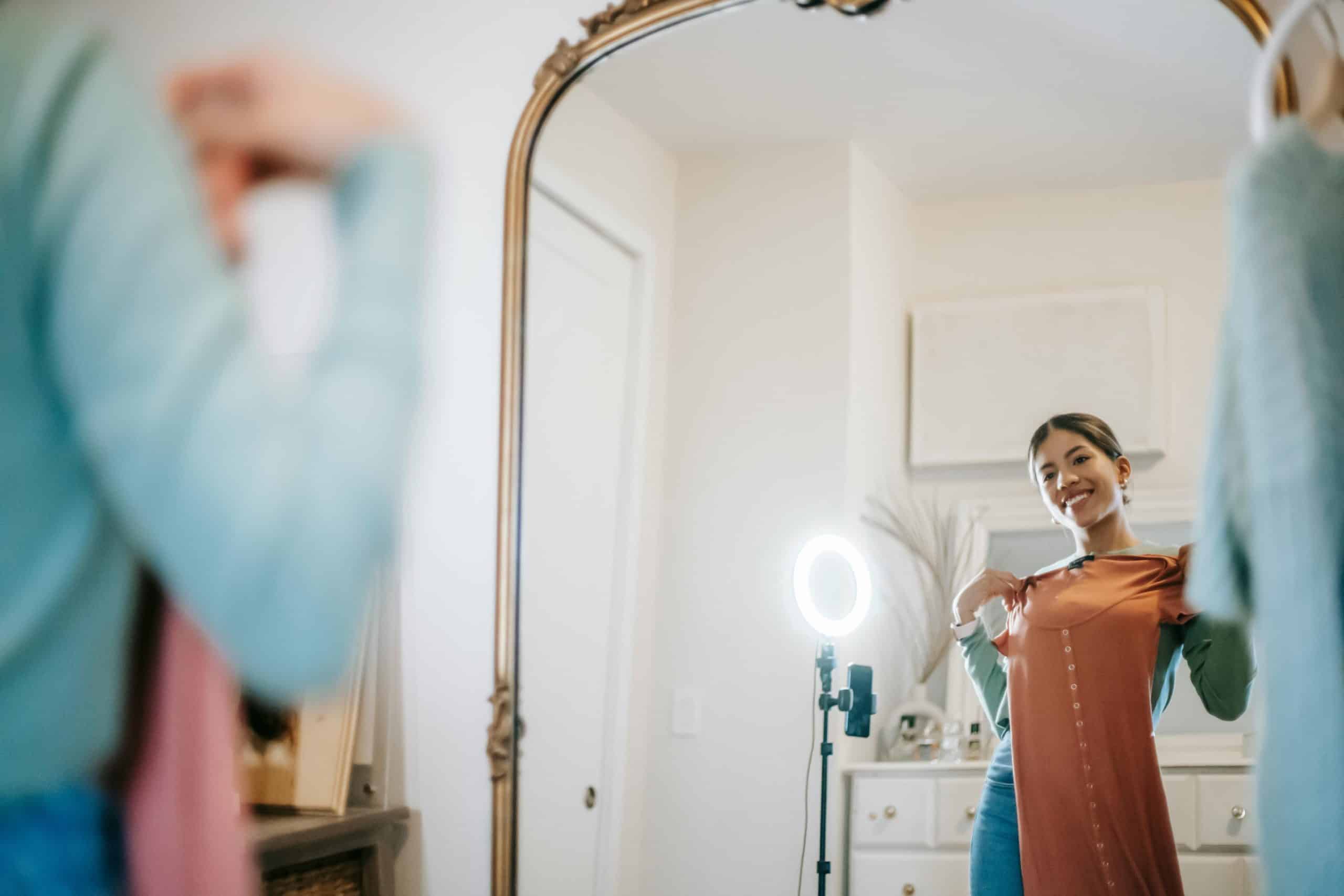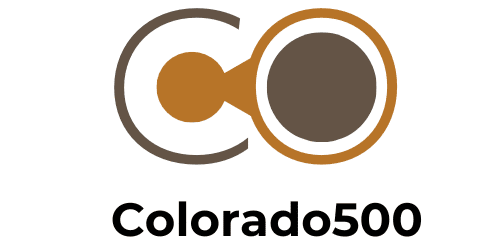What Are the Top Trends in Textured Fabrics, from Ruffles to Pleats?

Welcome to the world of fashion, where even the slightest change in texture or design can take an outfit from average to absolute showstopper. But what exactly defines the top trends in the world of textured fabrics nowadays? Let’s talk ruffles and pleats – two fabric features that have been sewing their way into the fashion lexicon. This informative guide will take you on a journey from ruffle tops to pleated skirts, highlighting the best ways to wear these styles and how they can transform your fashion repertoire.
The Rise Of Ruffles
From romantic ruffled blouses to flamboyant ruffled skirts, this versatile fabric feature has been a fashion staple for centuries. Today, it’s making a grand comeback in the fashion industry, with designers injecting their collections with a generous dose of ruffles. The ruffle trend is not just for the fashion runway, though. You can also incorporate this feature into your everyday wear to add a touch of feminity and drama to your outfit.
Dans le meme genre : How to Master the Edgy Look with Leather Jackets and Bold Accessories?
Ruffles can create a soft, feminine silhouette when used subtly, or provide a bold, voluminous look when layered. They can also add depth and interest to an otherwise simple dress or top. For instance, a ruffle at the neck or sleeve of a blouse can transform it from a basic wardrobe piece into a statement item.
When paired with the right accessories, ruffled garments can create a look that’s stylish and chic. For instance, a ruffled top can be worn with a structured blazer for a classic, tailored look, while a ruffled dress can be dressed up with strappy heels and bold jewelry for a more glamorous style.
Dans le meme genre : What Are the Must-Know Tips for Styling and Caring for Faux Fur Coats?
The Power of Pleats
Next to ruffles, pleats are another fabric feature that has garnered attention in the fashion world. Pleats are essentially folds of fabric that are secured at the top or side, creating a controlled, cascading effect. From micro-pleats to box pleats, there are many different types of pleats that can add variety and texture to your garment.
Pleated fabrics present a unique blend of structure and fluidity, making them ideal for both formal and casual wear. A classic pleated skirt, for instance, can take you from work to a night out with just a change of top and shoes. It adds movement and plays with the light, that makes the wearer look dynamic and elegant.
But pleats are not just for skirts. Pleated tops, dresses, and even trousers are becoming increasingly popular. Designers are using pleated fabrics to add an unexpected twist to their designs, creating garments that are contemporary and chic.
Sewing with Ruffles and Pleats
Whether you’re an avid seamstress or a sewing beginner, working with ruffles and pleats can be a rewarding experience. These fabric features can add a unique touch to your homemade garments, allowing you to create pieces that are on-trend and suited to your personal style.
When sewing ruffles, it’s crucial to calculate the amount of fabric you’ll need accurately. Ruffles are created by gathering or pleating a length of fabric, so you’ll need more fabric than the finished length of the ruffle. A ruffle foot for your sewing machine can make this process easier, allowing you to create even gathers.
With pleats, precision is key. Pleats need to be accurately measured and pressed to create a neat, structured look. A pleater board can be a handy tool for this task, helping you to make even, consistent pleats.
Remember, practicing with different types of fabrics can help you get a feel for how they behave when ruffled or pleated. For instance, lightweight fabrics like chiffon or silk will create soft, flowing ruffles or pleats, while heavier fabrics like denim or wool will create more structured ruffles or pleats.
The Future of Ruffles and Pleats
Looking ahead, it’s clear that ruffles and pleats are not just a passing trend. These fabric features have a lasting appeal that transcends seasonal trends, making them a timeless addition to any wardrobe.
In the future, we may see even more innovative uses of ruffles and pleats in fashion. Designers are continually experimenting with new ways to incorporate these features into their designs, pushing the boundaries of what’s possible with fabric manipulation. This means we can expect to see more eclectic, creative uses of ruffles and pleats in the seasons to come.
So there you have it – a comprehensive guide to the top trends in textured fabrics, from ruffles to pleats. Whether you’re a fashion enthusiast or a sewing aficionado, embracing these trends can add a whole new dimension to your wardrobe or your sewing projects. So why not give it a try? You might just discover a new favorite style.
Crafting with Pleated Fabric and Ruffles
Crafting your garments can offer an unmatched sense of personal style and gratification. By investing in a sewing machine and learning the basics, you can start to create unique designs that cater to your body type and express your personal style.
Working with pleated fabrics and ruffles can be challenging, but it’s also a rewarding skill to master. When sewing pleats, remember to consider the seam allowance and stitch length, as these factors will affect the final outcome. The pleat’s width and depth also need to be carefully calculated because their dimensions will change the drape and volume of the garment.
Creating ruffles, on the other hand, requires cutting the fabric into strips and gathering it to create volume. A gathered ruffle is sewn along one edge with a long stitch length, and the threads are then pulled to gather the fabric. Remember, the length of your fabric ruffle should be approximately one and a half to two times the length of the area where it will be joined.
To create a pleated ruffle, you’ll need to mark and fold the pleats before securing them with a stitch. Pleated ruffles can add an interesting visual detail to garments, and they can be made from an array of fabrics, from pleated chiffon to heavier materials.
Don’t forget, online platforms often offer free shipping on orders for fabrics, sewing machines, and accessories, making it easier than ever to get started on your sewing inspiration journey.
Wrapping Up the Fabric Fashion World
From the catwalk to the sidewalk, ruffles and pleats continue to shape the fabric fashion world. These elements offer a unique blend of structure and fluidity, enabling designers and dressmakers to create garments that cater to various body types and style preferences, from edgy and avant-garde to classic and demure.
As you delve into the world of ruffles and pleats, remember that practice makes perfect. Experiment with different fabrics and patterns. Try a pleated skirt for a classic look or a blouse with a bold fabric ruffle for a modern twist. The key is to have fun and express your style.
While pleated fabrics and ruffles might be challenging to work with initially, with practice and the right sewing machine, you can master these trends and create beautiful, personalized pieces. So, why not take your style into your own hands and begin your journey in the world of fabric fashion?
From ruffles to pleats and everything in between, the world of textured fabrics holds endless possibilities for fashion lovers and sewing enthusiasts alike. So, grab your sewing machine, get some inspiration, and start creating unique pieces today!
